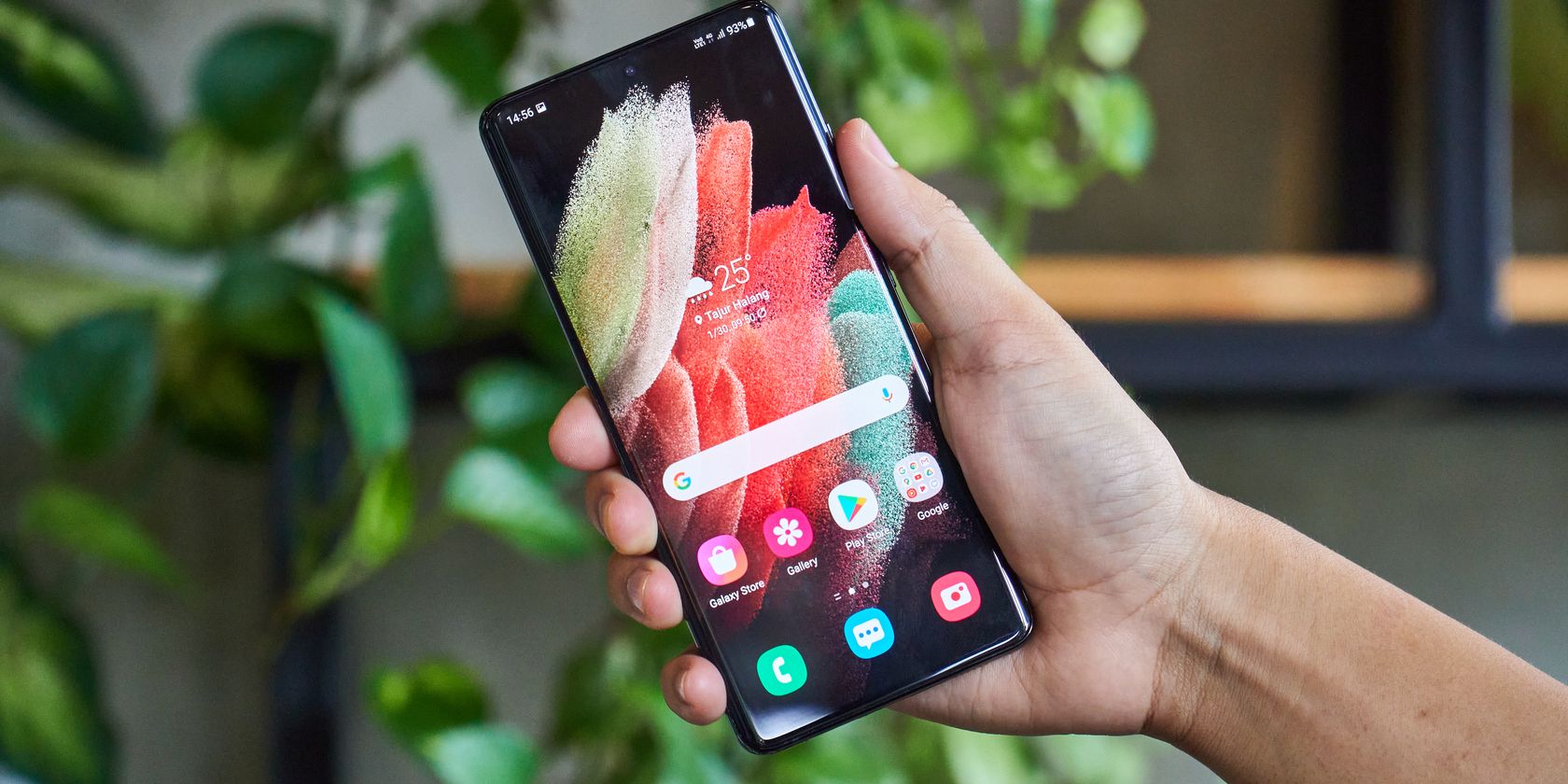Every Android phone comes with a notification panel, or what Samsung calls the Quick Settings panel on its Galaxy devices. It's a space where you can control the most basic features of your phone such as Wi-Fi, Bluetooth, sound, airplane mode, and more.
If you're looking to customize the Quick Settings panel on your Galaxy, this guide will show you how. We'll also recommend the most useful buttons you might want to add to the panel.
How to Access the Quick Settings Panel on Your Galaxy Device
To open the Quick Settings panel, simply swipe down on your home screen or from the status bar at the top of the screen; you'll see five buttons in a row. Swipe down again to open the full page and more buttons; one page can contain a maximum of 12 buttons.
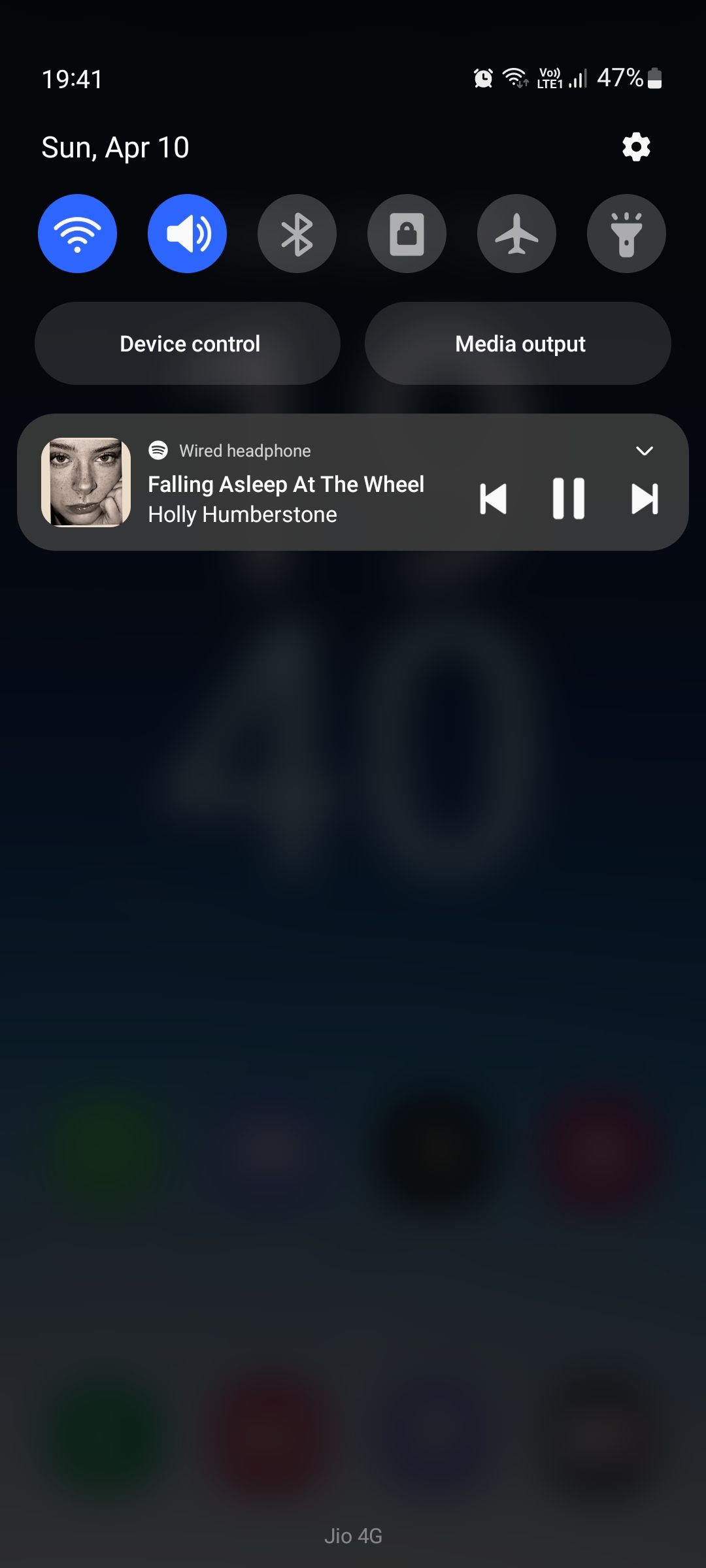
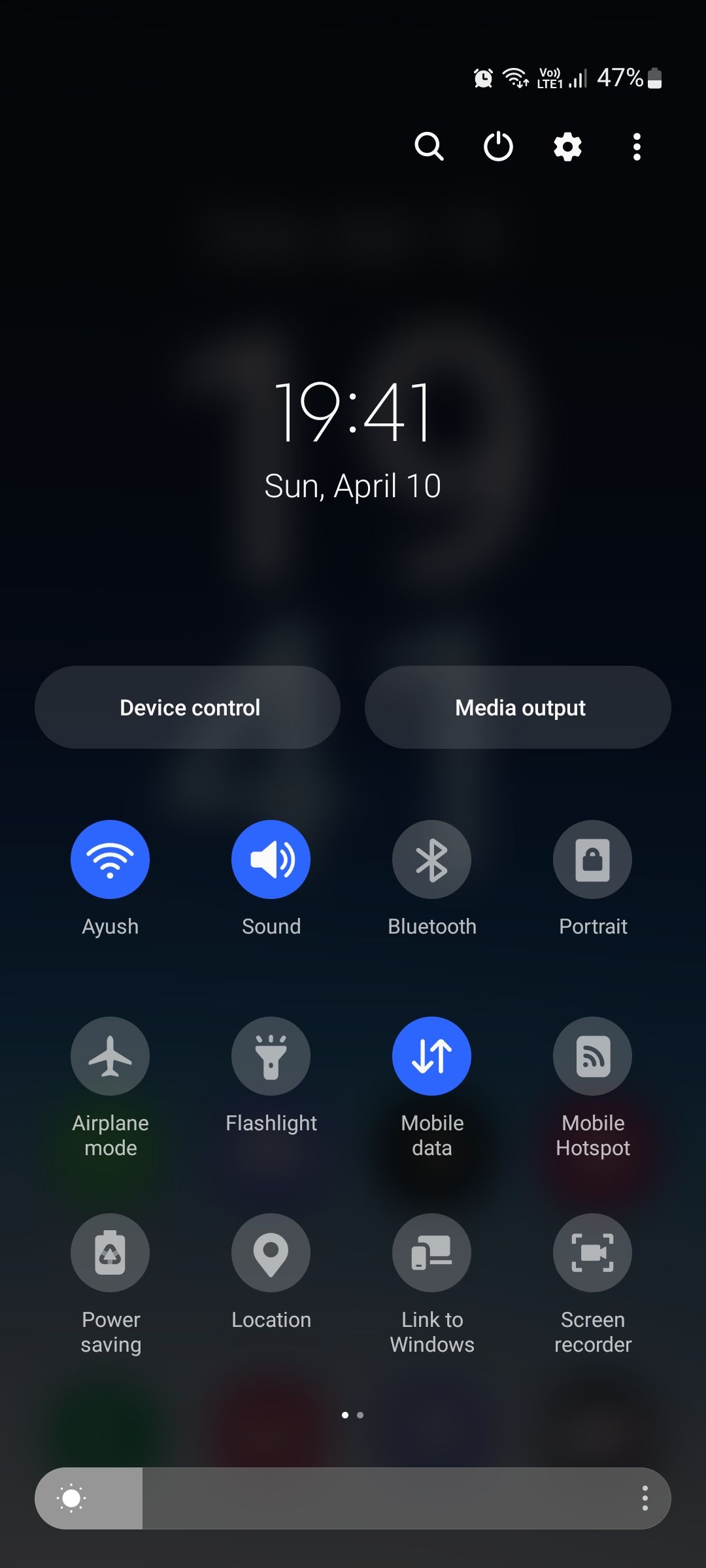
For quicker navigation, you can swipe down from the status bar using two fingers to directly see all the buttons on a page. Swipe sideways on a page to go to the next one, where you will see another set of buttons.
Some of these may be more useful to you than others, so it's a good idea to move the ones you use most to the first page. Let's see how to do that.
How to Customize the Quick Settings Panel on Your Galaxy Device
To customize the Quick Settings panel, go to the last page and tap the Add (+) button. The first thing you'll see is a whole new set of buttons at the top; these aren't active but are available to be activated if you find them useful.
Depending on the device you own and your downloaded apps, the number of buttons varies.
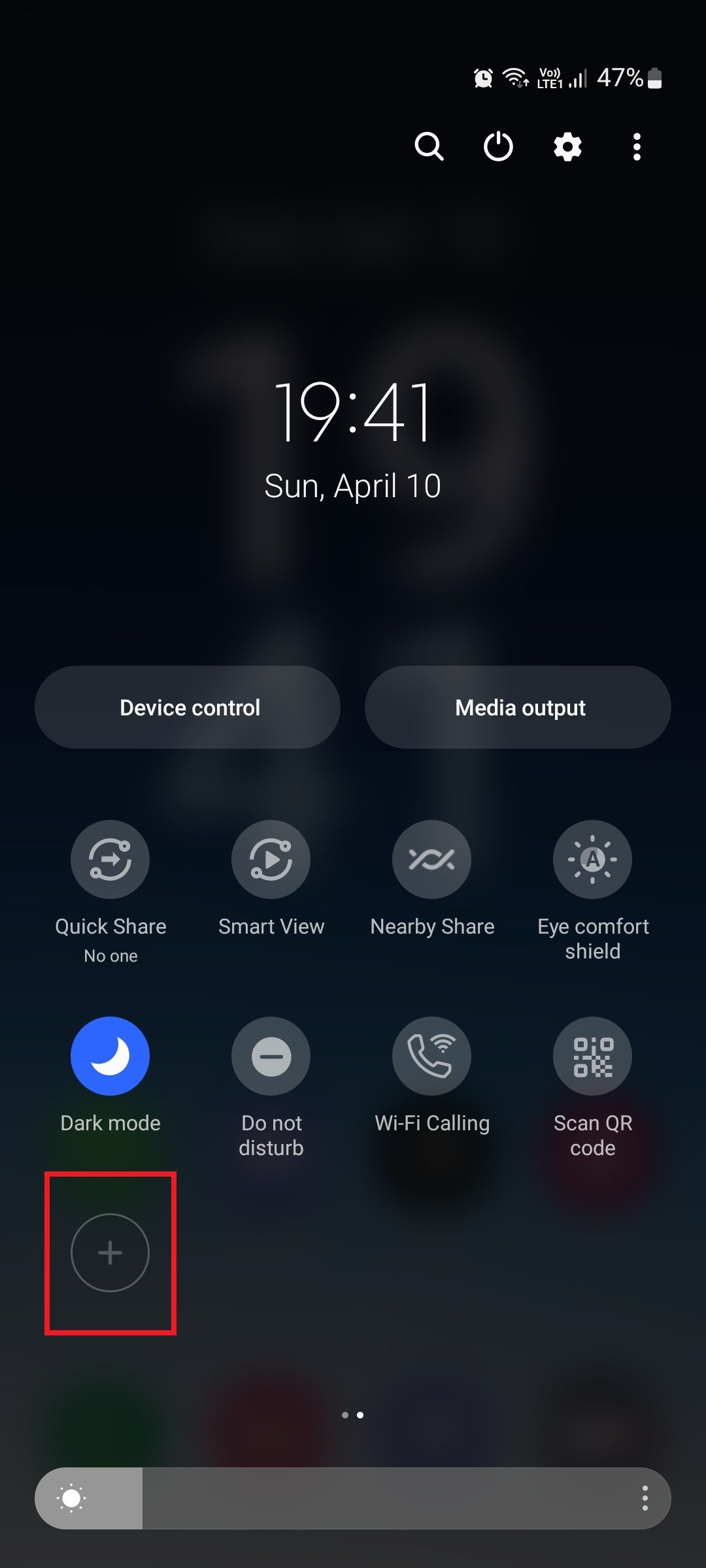
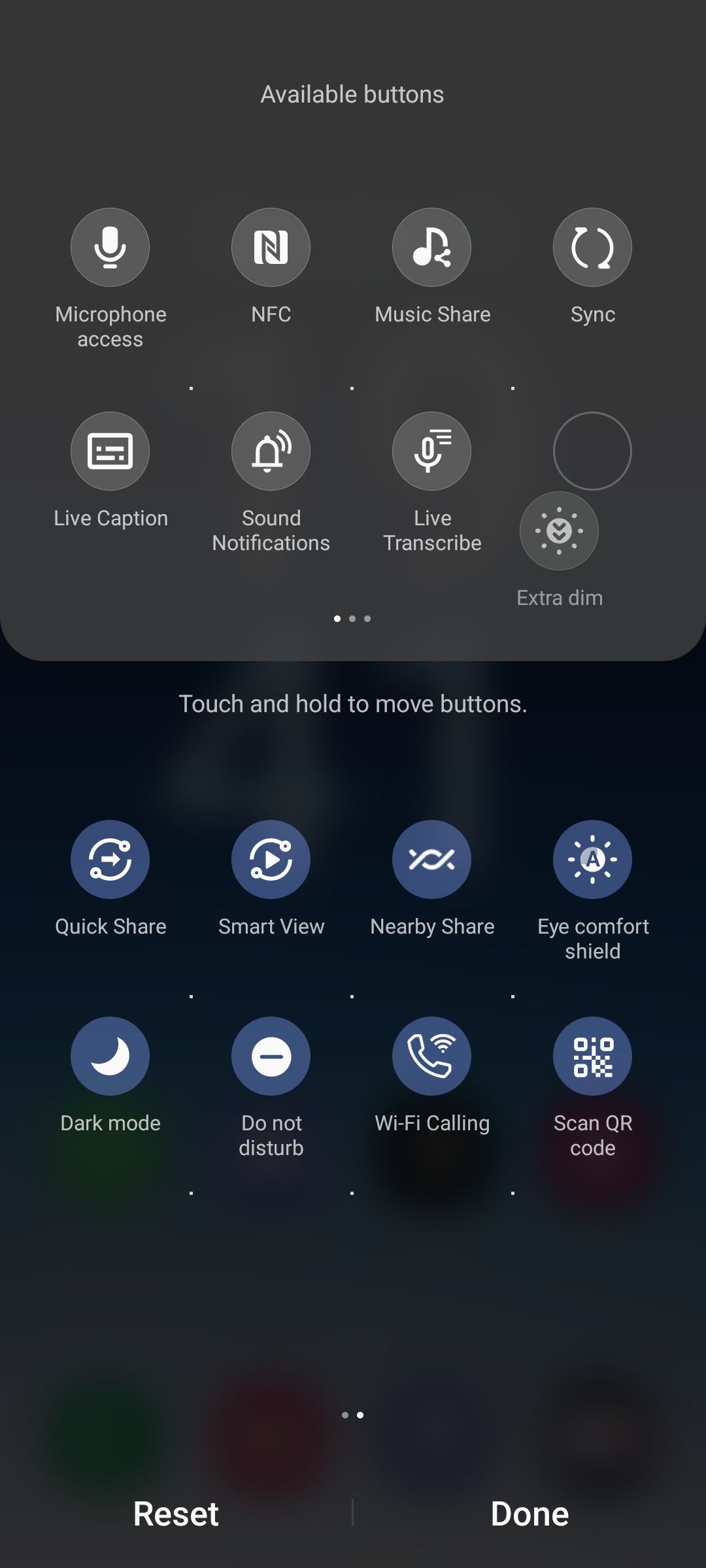
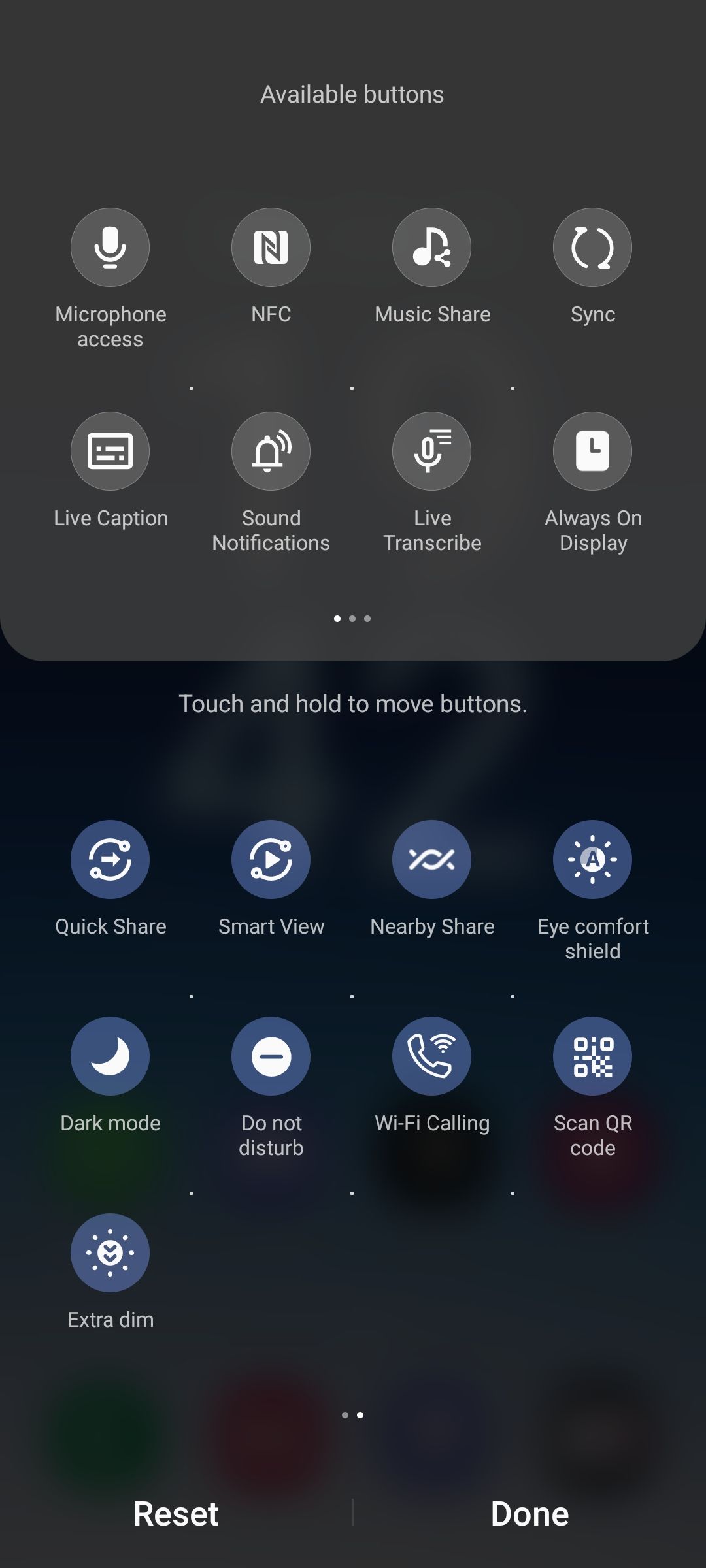
Take a look around and see if any of those buttons interest you. Long-press the ones you like and drag them down to the main page. You can shift the position of each button in the same way. Tap Done to save your changes. Don't worry if you end up making a mess, you can tap Reset to go back to the original arrangement.
9 Quick Settings Buttons You Should Try
Now that you know how to customize the Quick Settings panel, we have a few recommendations for you.
1. Extra Dim
If you're a night owl, this feature is perfect for you. Smartphone users often complain their screen is too bright at night even after turning the brightness to 0%. With Extra Dim, you can reduce the brightness below the minimum level.
Simply tap the button and see it in action; you can also adjust the feature's intensity by long-pressing the button. Be careful here, though. If you maximize Extra Dim's intensity and set the brightness to 0%, you might not be able to see anything on your screen!
Extra Dim does not darken the screenshots you might take when using the feature.
2. Dolby Atmos
You're missing out big time if you haven't tried Dolby Atmos on your Samsung device yet. If you're unaware of Dolby Atmos, it's a sound technology that simulates surround sound. Go ahead and try it out—make sure you're wearing your headphones to really notice a difference.
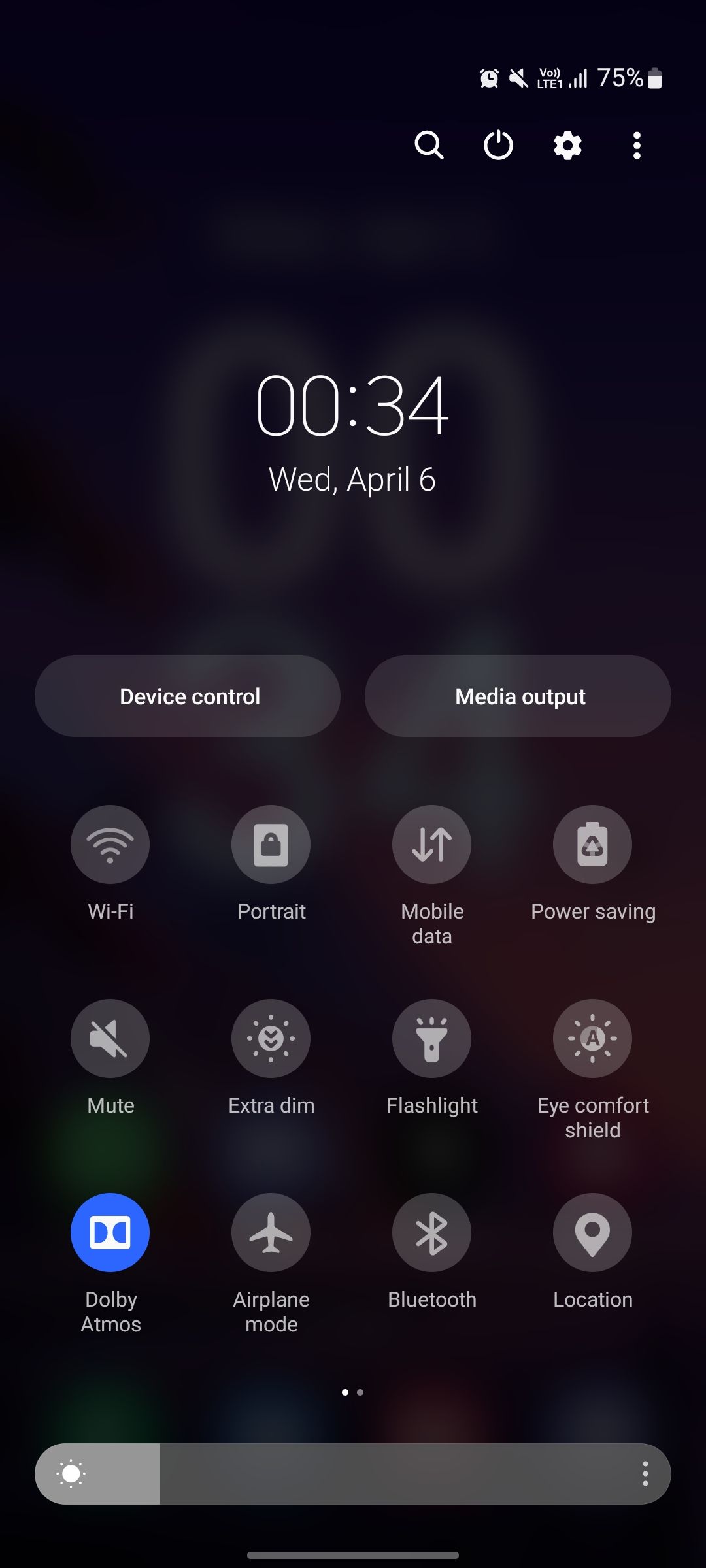
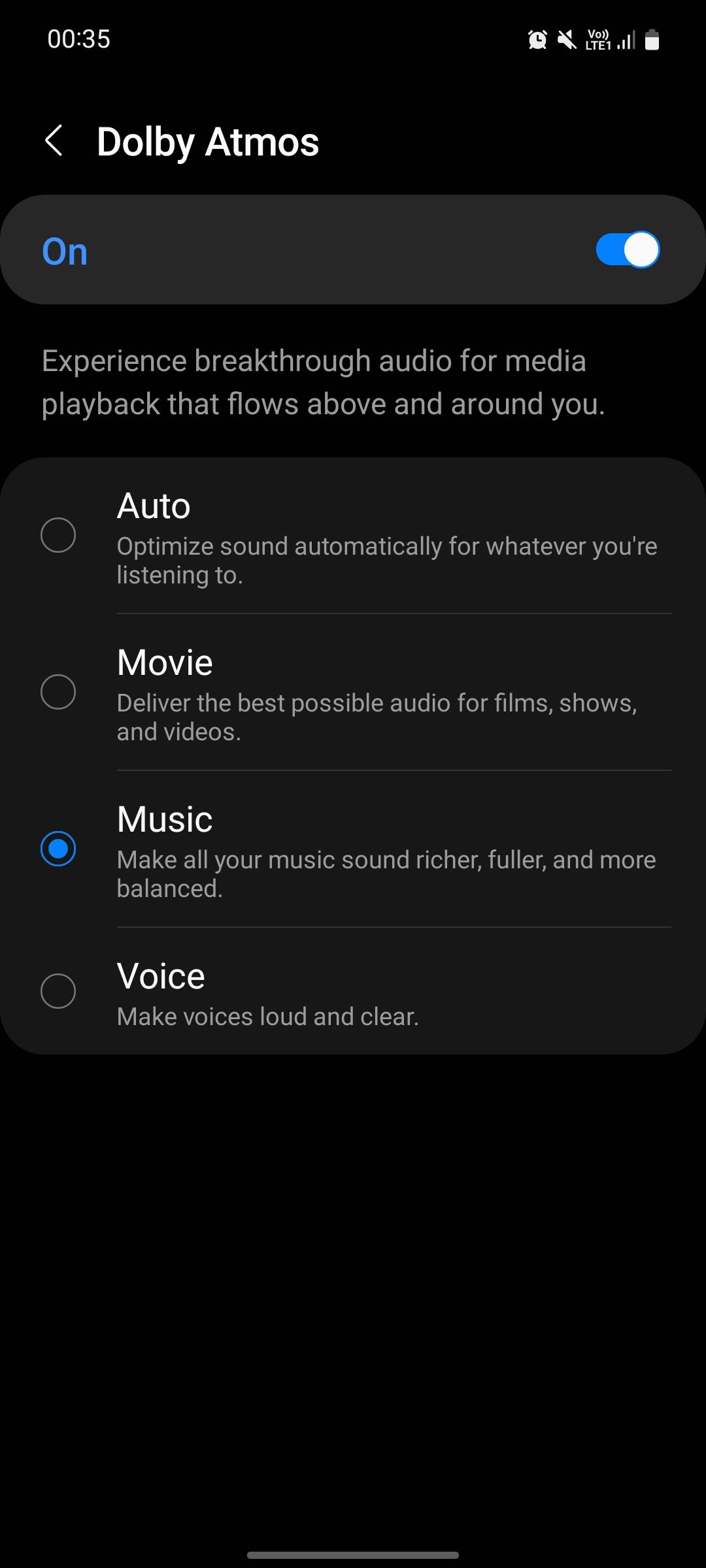
You can also long-press the button to reveal additional modes such as Music, Movie, and Voice. Dolby Atmos is set to the Auto mode by default whereby it detects what you're hearing and adjusts the sound accordingly. But you can easily change the mode manually.
3. Samsung Kids
Samsung Kids is a great tool for parents looking to create a safe digital environment for their kids where they can play fun games, engage in family-friendly activities, and consume educational content for free.
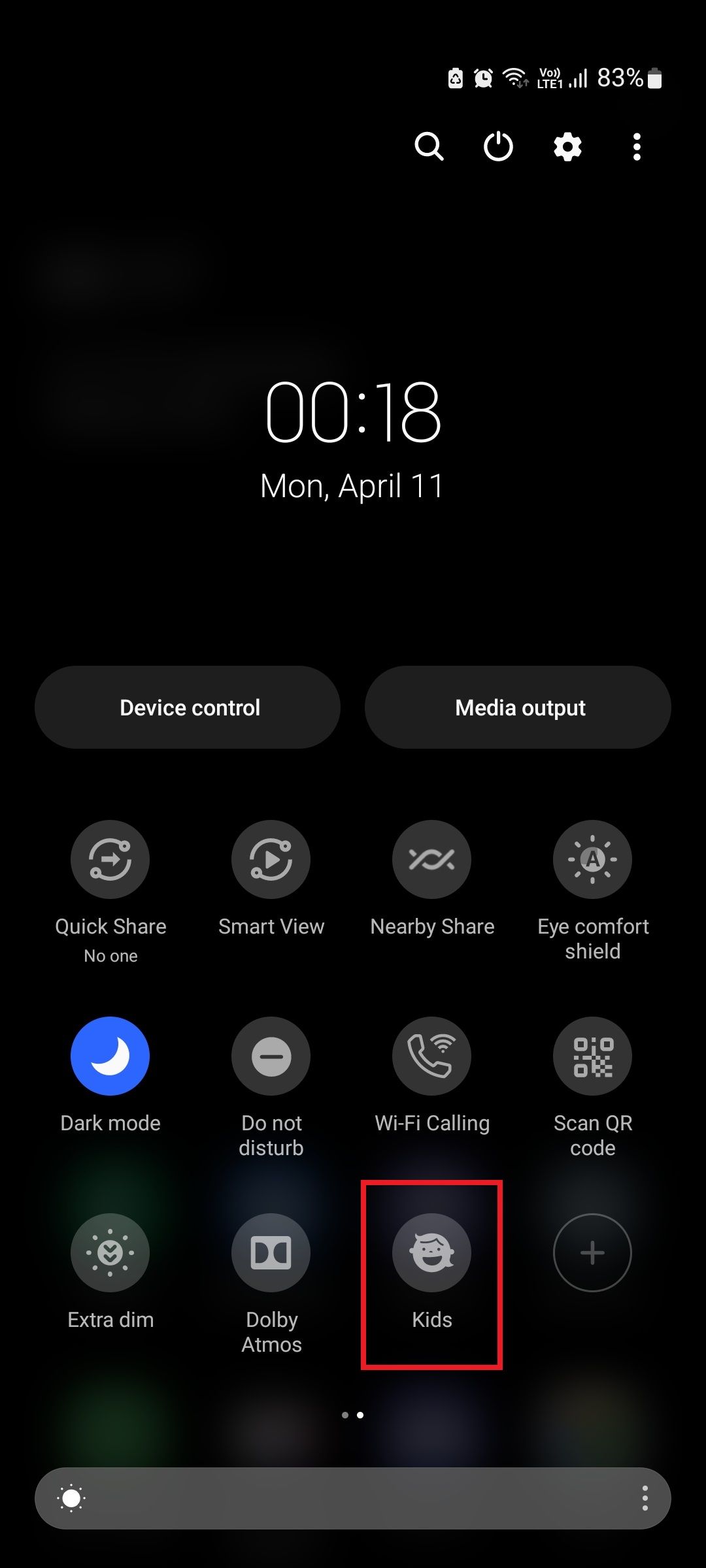
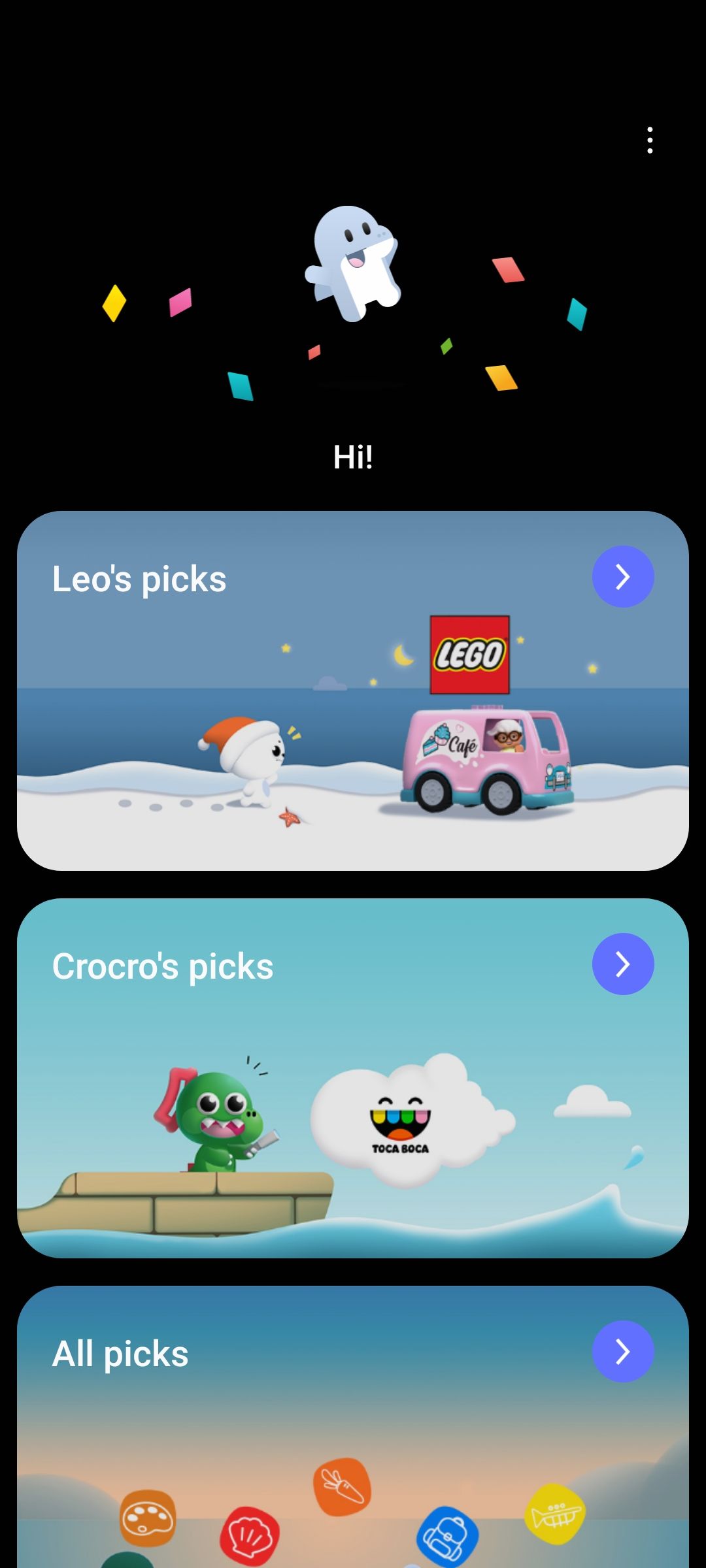
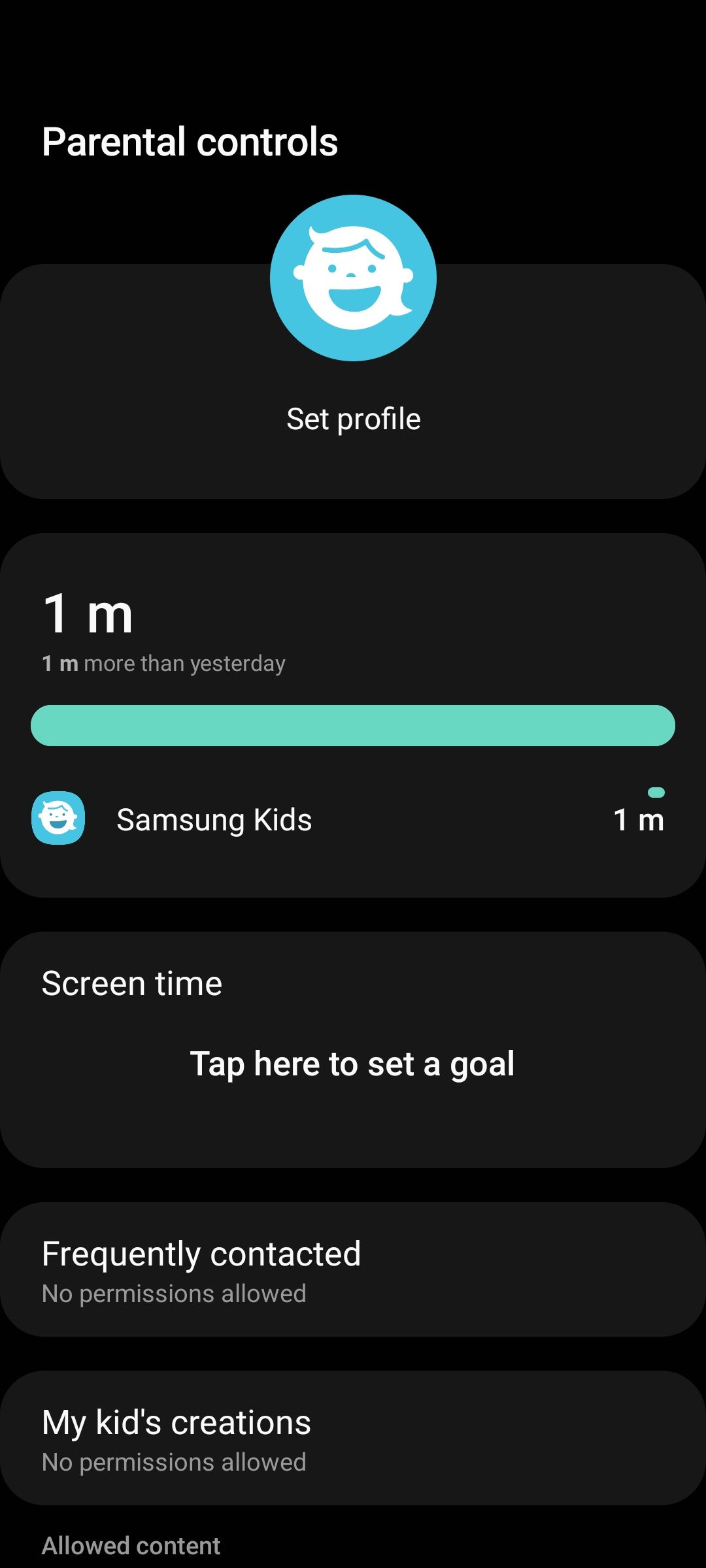
When you turn the feature on, your device will change its whole UI and show you downloadable games and content. You can also adjust the feature to allow or remove certain permissions, edit the home screen, visualize screen time, and more.
4. Scan QR Code
We use QR codes for many activities like making quick payments or opening web pages. You may find that many local shops near you place their QR stands at the payment counter for faster checkouts.
Given how often we use QR codes, Samsung has provided a QR scanner in the Quick Settings panel itself. Simply tap the button and point your camera to the code to scan it. There are other ways to scan QR codes on your Samsung device, too.
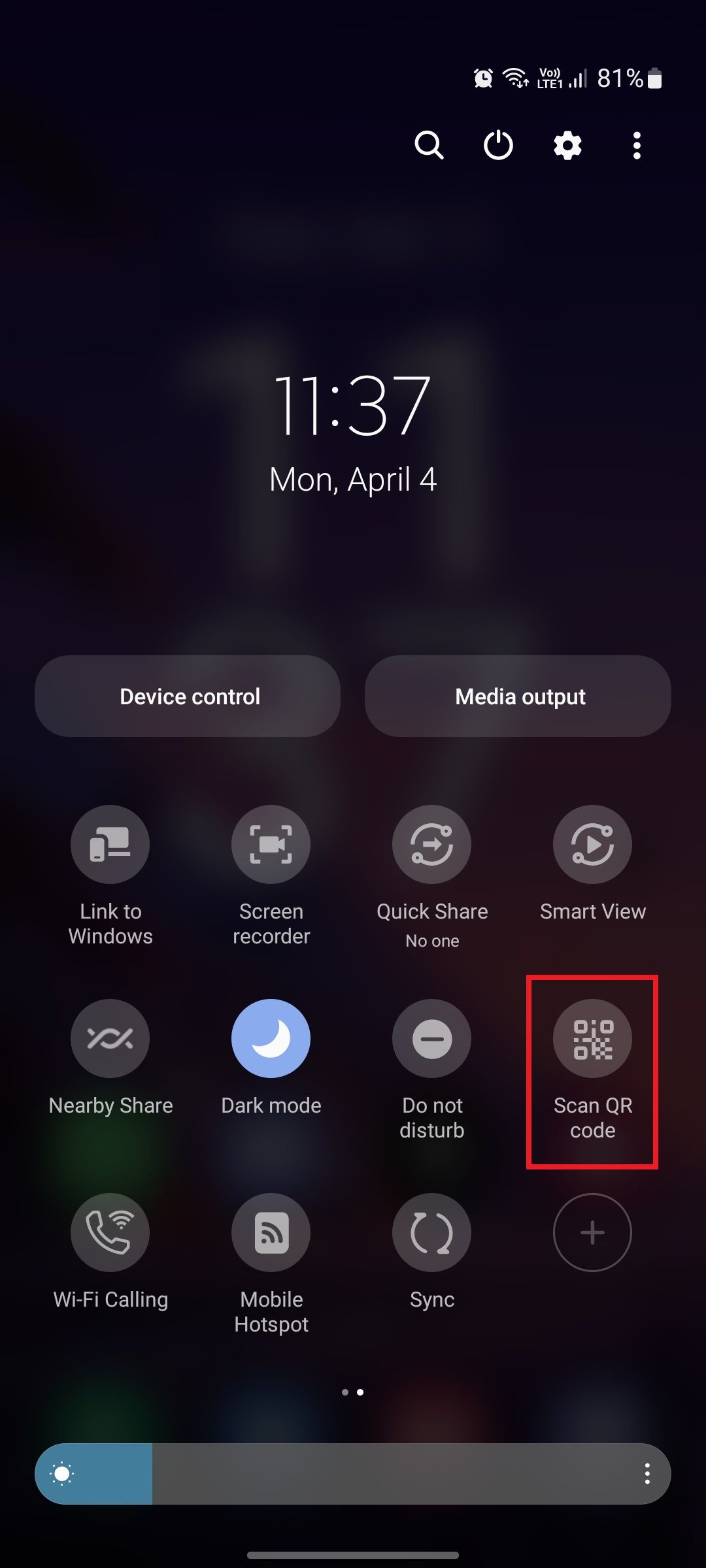
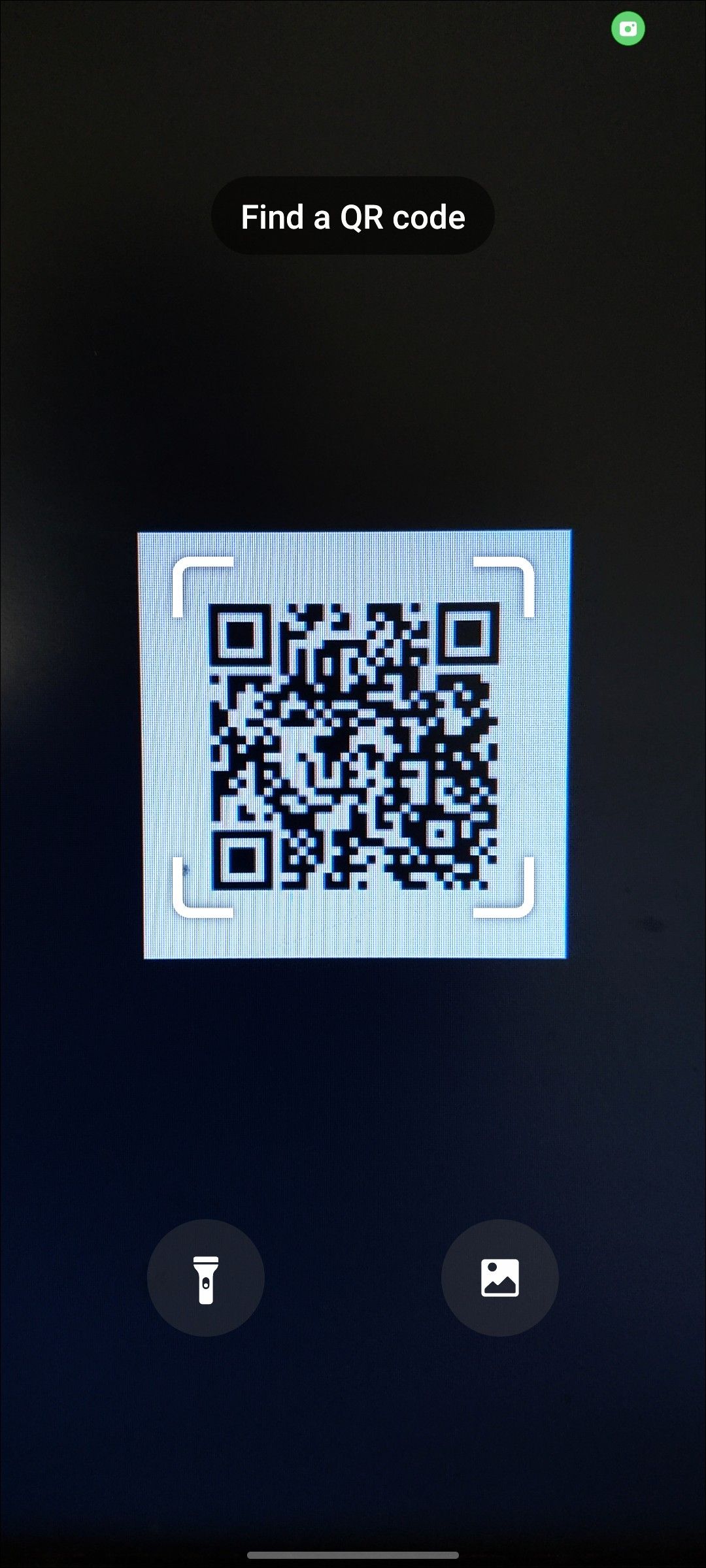
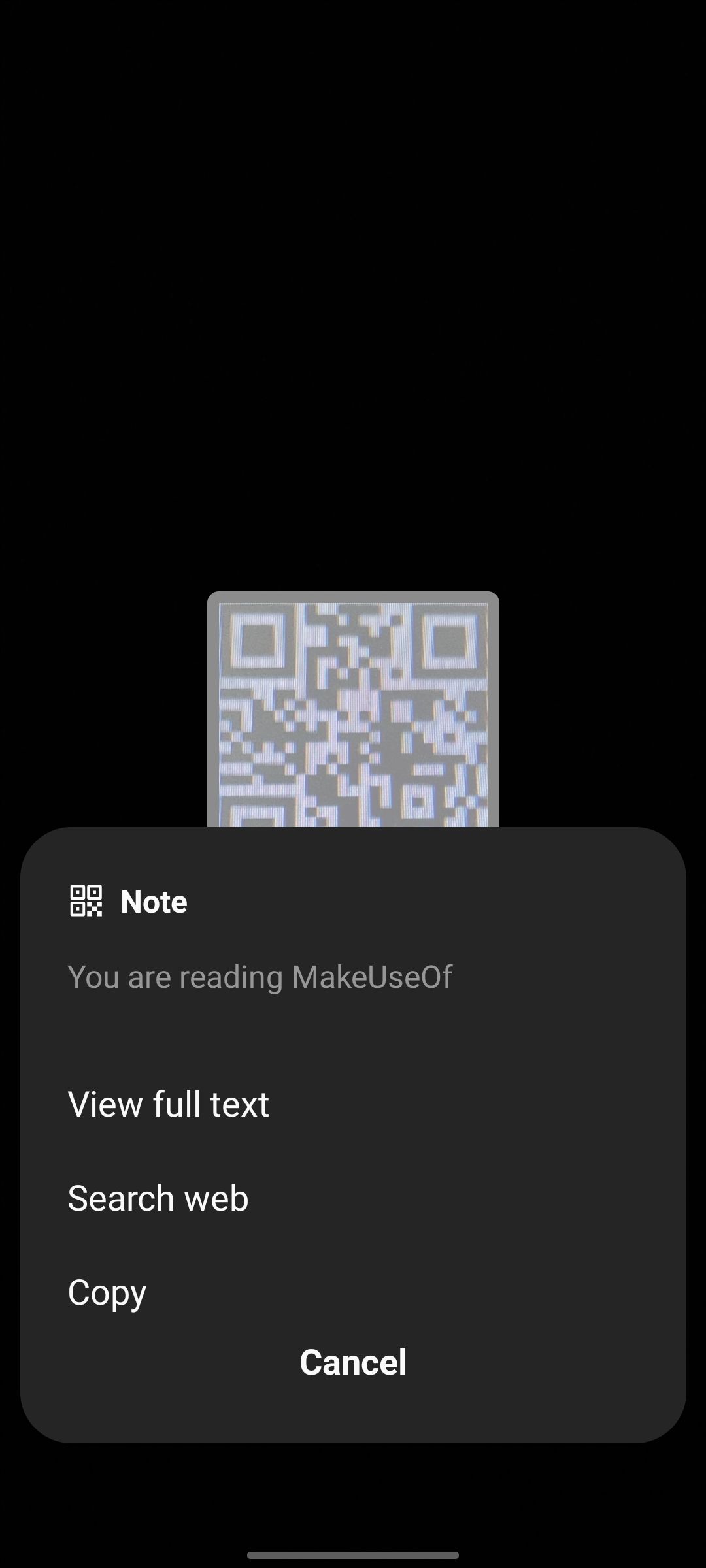
5. Secure Folder
Secure Folder is Samsung's solution to protect your privacy. It's an isolated space where you can store confidential documents and private content. It's password-protected using your biometrics, which means no one other than you can access the files in this folder.
You can move your private images, videos, audio recordings, PDFs, and other documents to the Secure Folder and set a password to lock it. You can learn how to use Samsung Secure Folder if you're curious.
6. Ultra Data Saving
Ultra data saving mode is a built-in feature on Samsung phones (it's called Data Saver mode on Android) that allows you to reduce your mobile data usage when you're not connected to a Wi-Fi network.
When enabled, your phone will automatically limit how much data apps can use in the background and compress data to reduce the bandwidth required. This is really helpful when you're traveling or are about to run out of mobile data (cellular data) and need to save it for essential apps.
7. Modes
The Modes button in the Quick Settings panel comes from the Modes and Routines automation feature introduced in One UI 5. It's a refinement of Bixby Routines which you might be aware of.
You might know how to create a routine on your Samsung phone. Modes, however, are preset routines designed by Samsung that you can set up and start using right away. The Modes button in the Quick Settings panel allows you to quickly activate a Mode of your choice.
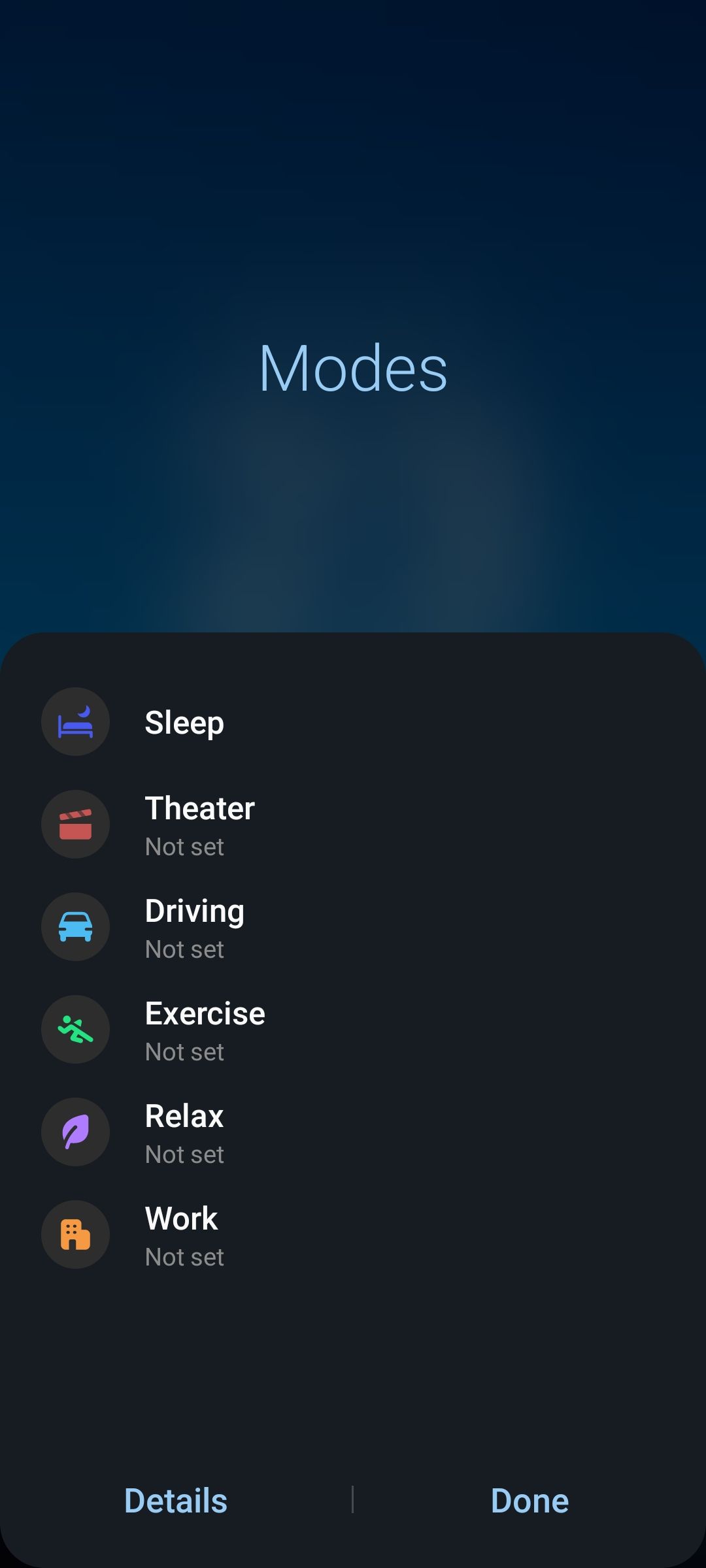

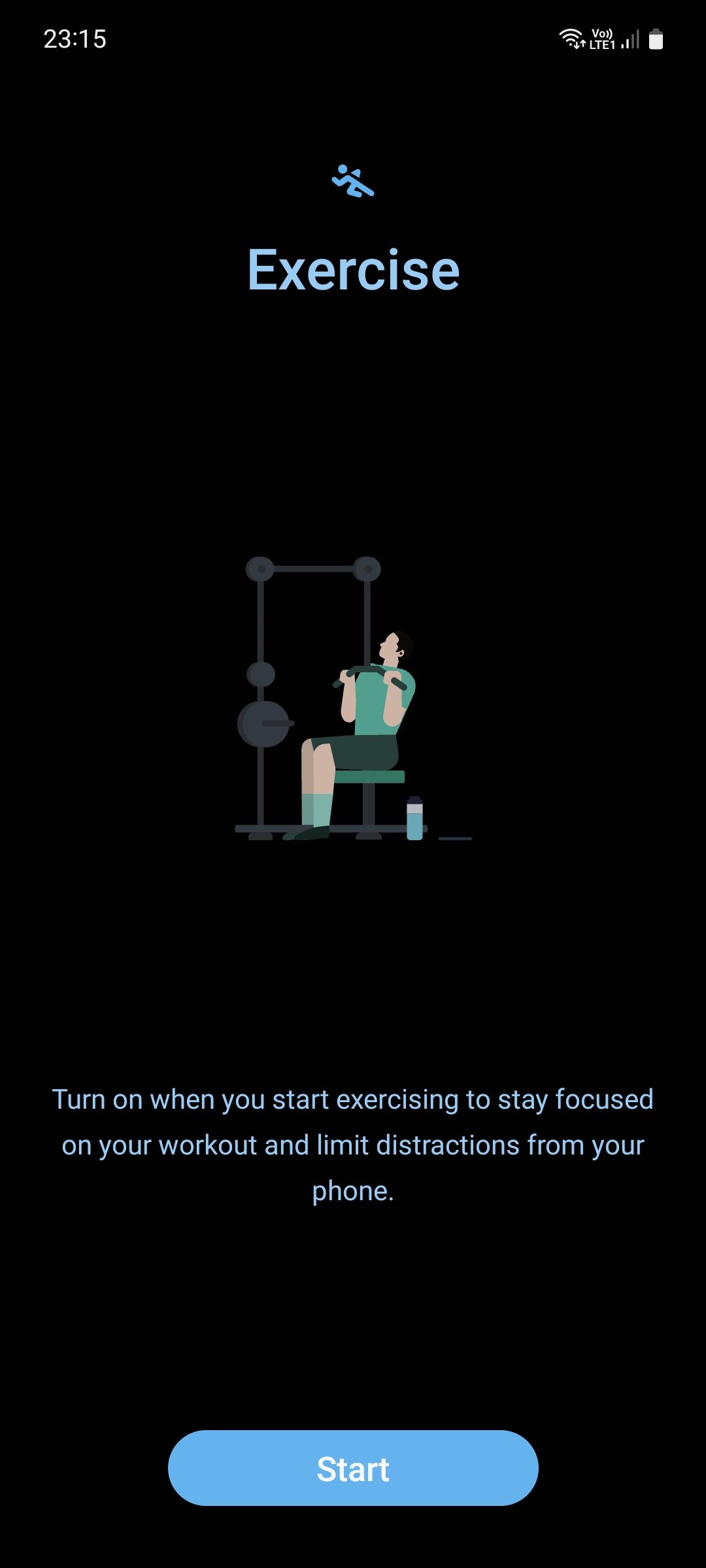
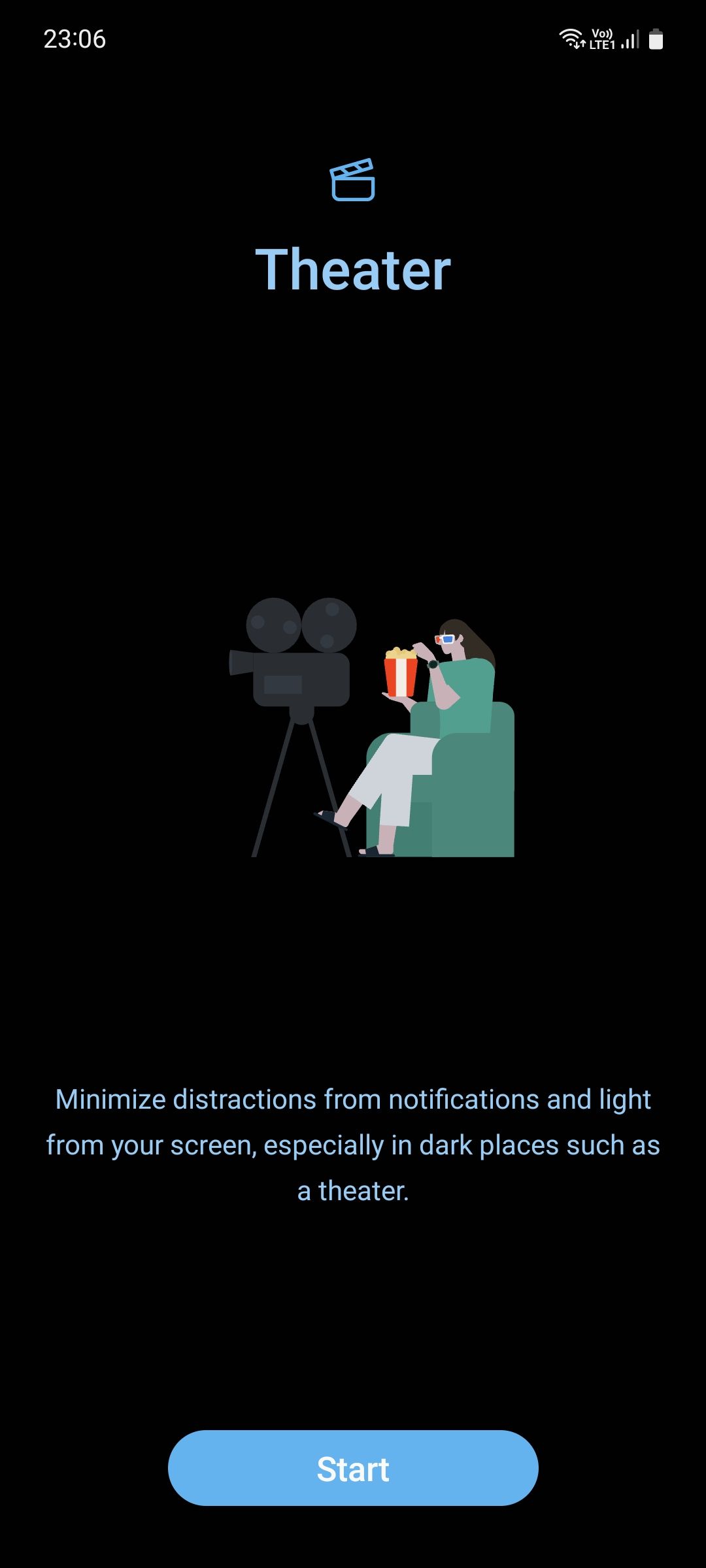
The former Focus and Bedtime modes that you used to be able to find under the Digital Wellbeing menu are now amalgamated into Modes as the Work and Sleep modes respectively.
8. Link to Windows
You're missing out if you don't already use the Link to Windows app to connect your phone to your Windows PC. It comes pre-installed on Samsung phones.
Once connected, you can use your PC to read and respond to messages received on your phone, make and receive calls, view and download photos from the gallery, control your phone's settings, and more.
9. Screen Recorder
If you're a gamer, you may have previously resorted to downloading third-party screen-recording apps to record your gameplay. But if you own a Samsung device, doing so is a lot easier. Simply activate Samsung Screen Recorder from the Quick Settings panel, tap it, and choose your desired sound settings.
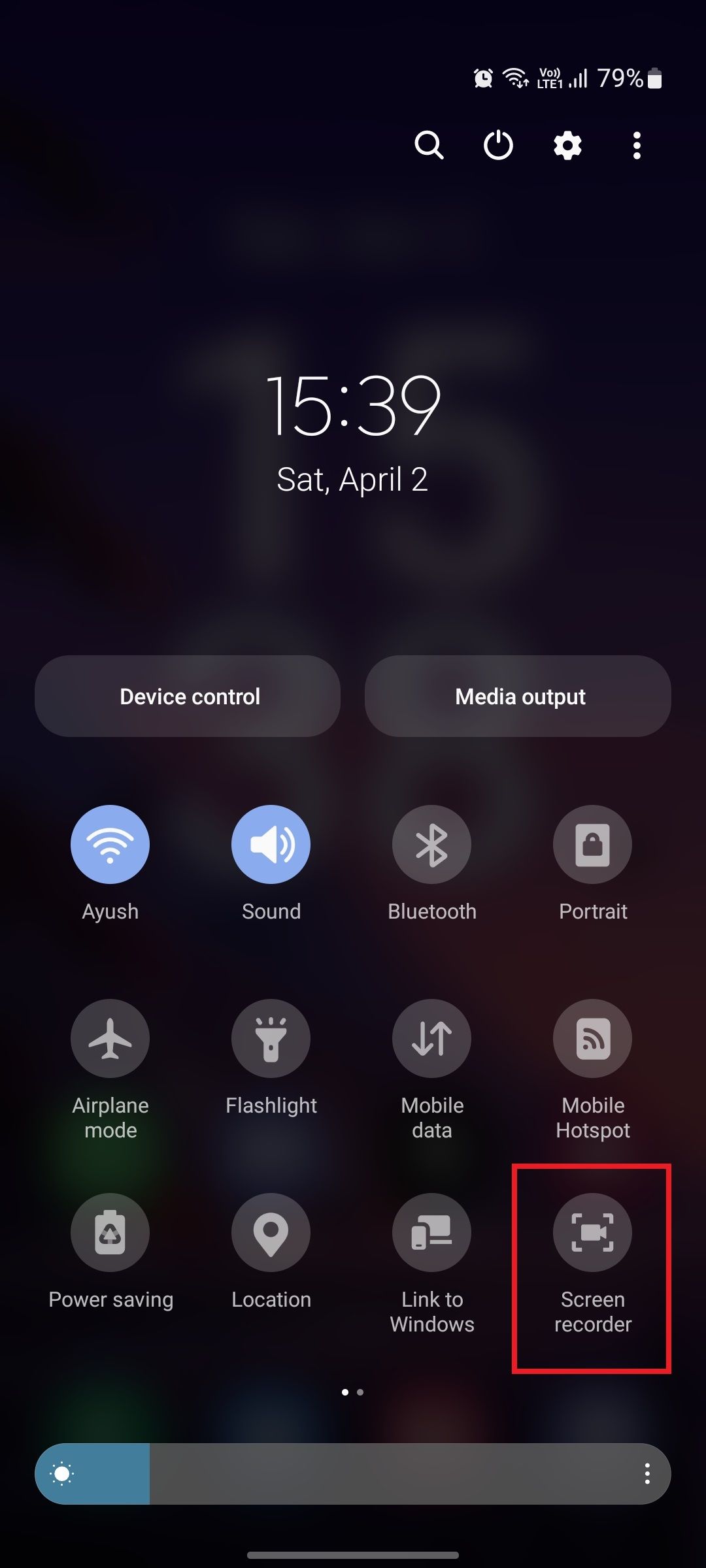
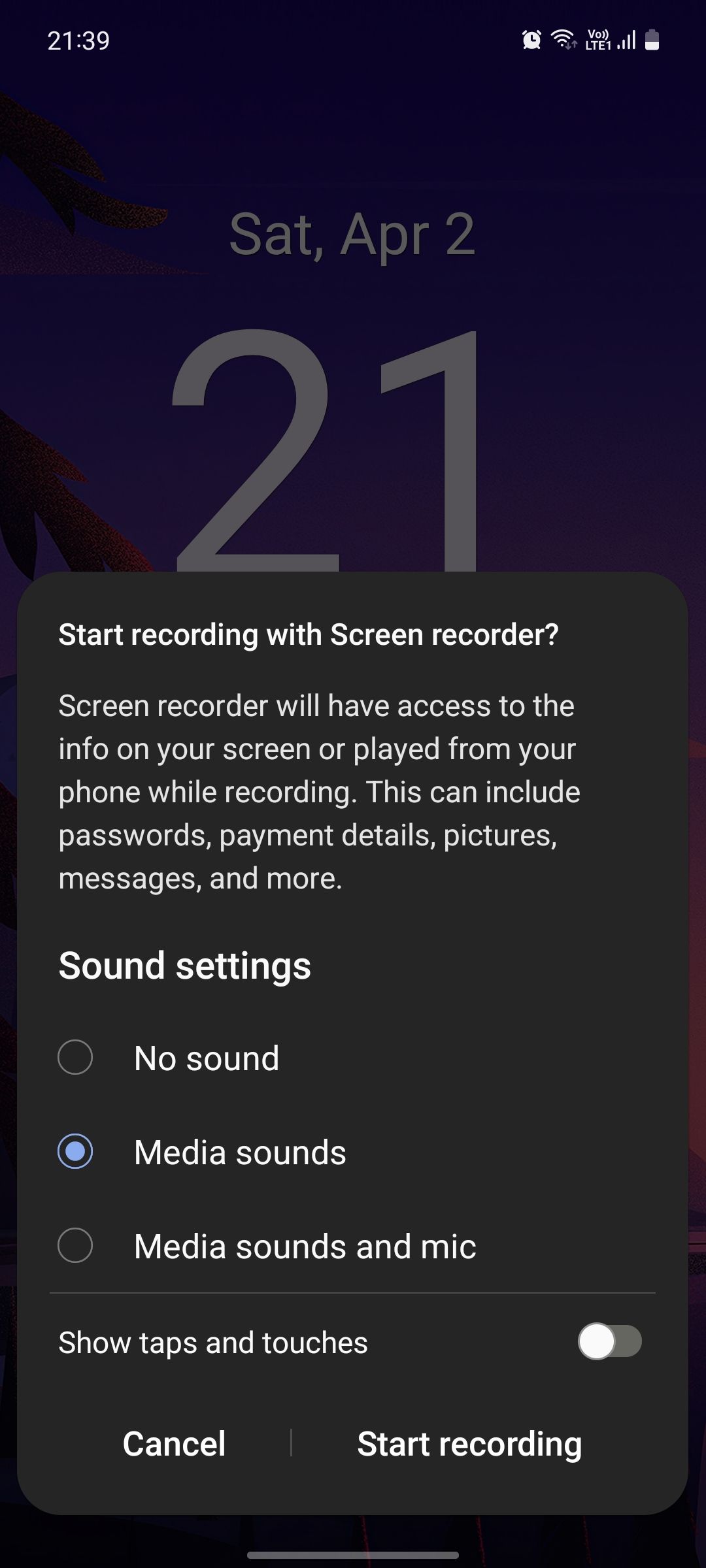
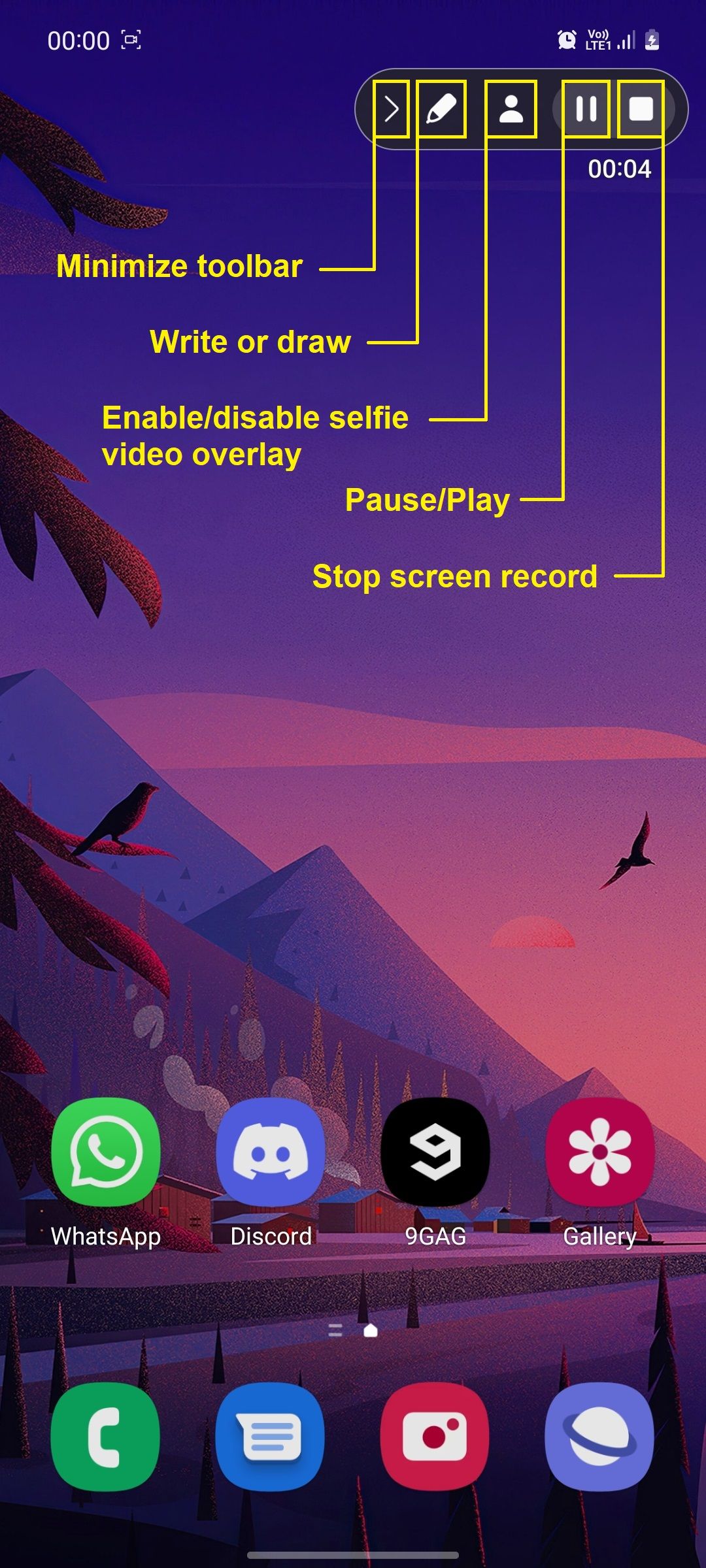
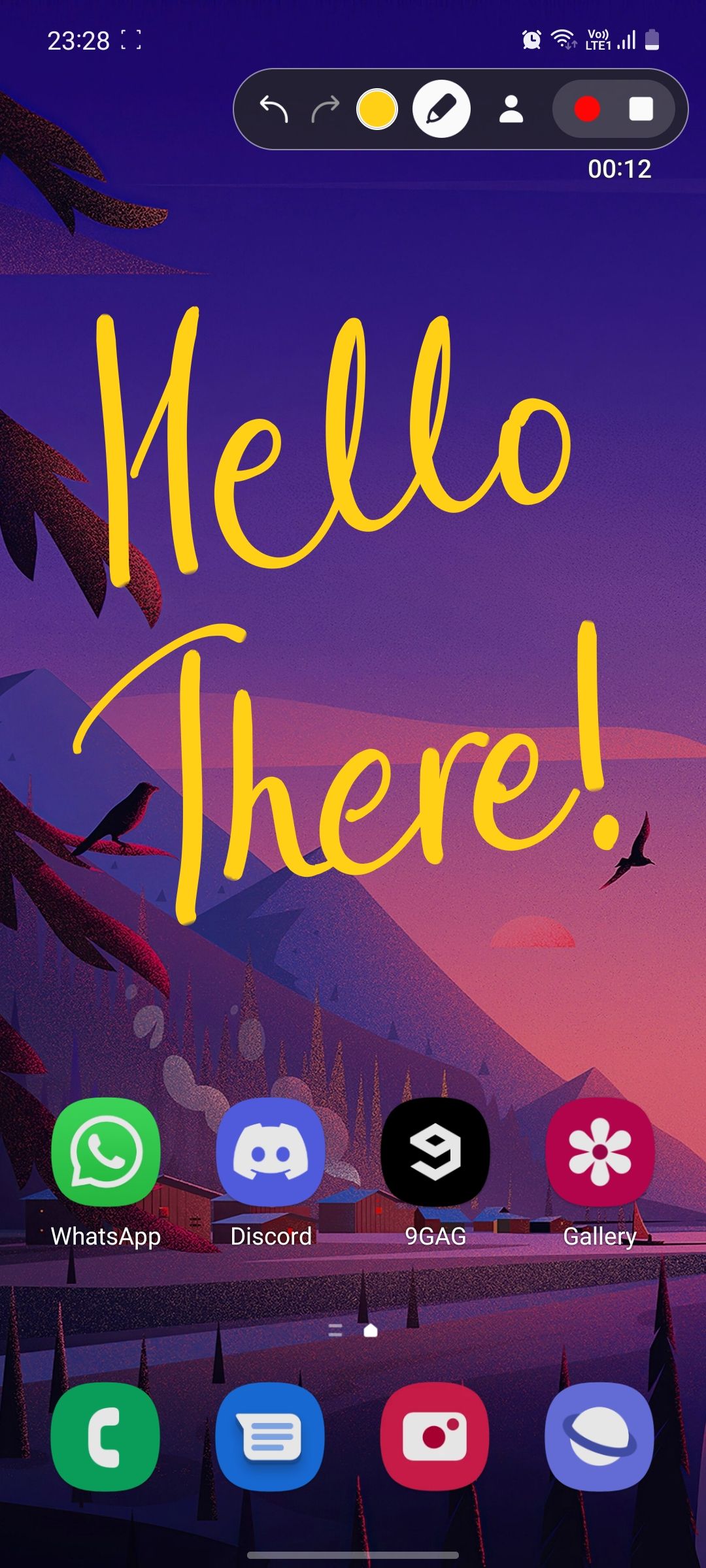
The feature is loaded with some really handy tools that you might not have seen on third-party apps. You can refer to our guide on how to use Samsung Screen Recorder to get the most use out of the feature.
Get the Most Out of Quick Settings
The Quick Settings panel comes in really handy when you want to change common settings and interact with your device much quicker.
Customize the panel to quickly reach the features you use the most often to increase your productivity and improve your lifestyle using the guide above.

